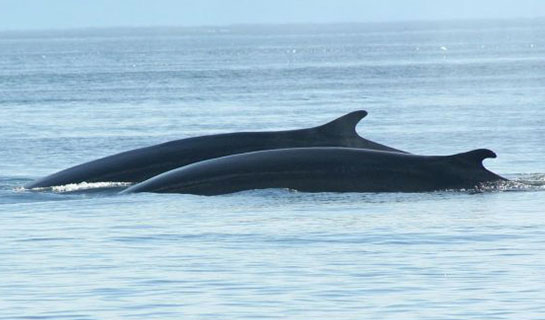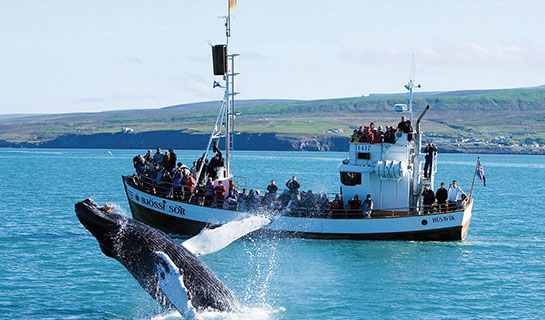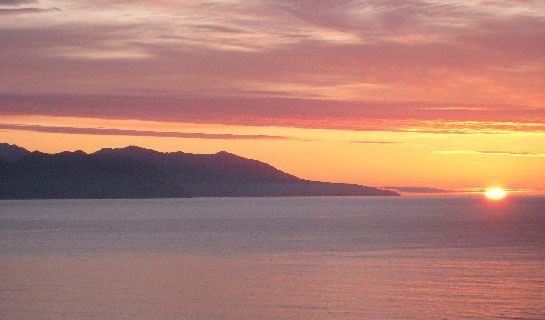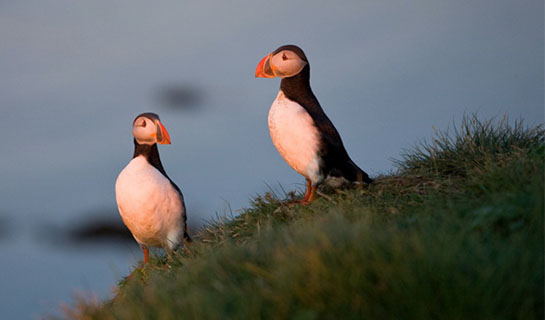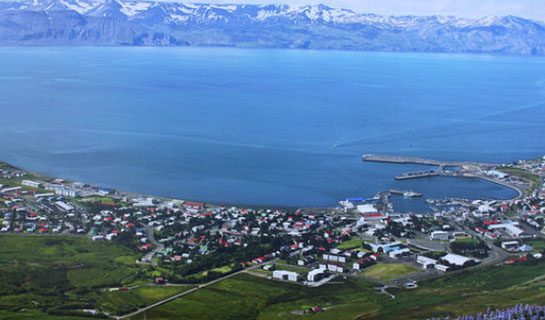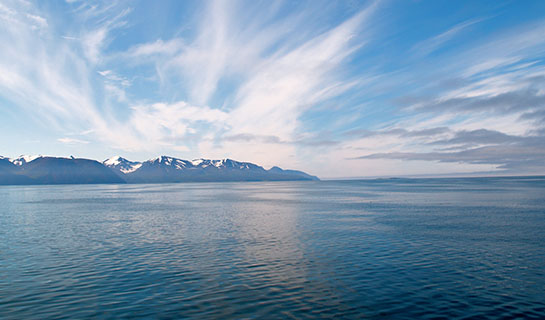Iceland Project
Iceland is home to a variety of whale species, although many only spend the summer months in Icelandic waters. Iceland is an important feeding ground for cetaceans. The high productivity of the North Atlantic and the structure of coastal areas offer a variety of habitats, suitable for many species with different requirements. Professional whale watching was established in Iceland in 1995 and is now one of the highlights for people visiting the country. Skjalfandi Bay, near the town of Husavik, is considered the whale watch capital of Iceland. Blue whales, humpback whales, minke whales, white beaked dolphins and killer whales all visit the bay regularly. It has also been suggested that cod may spawn there in the spring. In August 2008, OSI began a collaborative effort with the University of Iceland’s Husavik Research Center to study the occurrence of whales and dolphins in the bay using Ecological Acoustic Recorders. Two units were deployed on opposite sides of the bay in waters 50-75 m deep. The data obtained have shed light on annual variability of inter- and intra-species density of cetaceans and also cod in the area. Cod make sounds during spawning and are therefore well suited for acoustic monitoring.
Products:
Magnusdottir, E.E., Rasmussen, M.H. and Lammers, M.O. (2010) “Combining visual and fixed passive acoustic methods to measure annual variability of cetacean occurrence at the NE‐coast of Iceland.” J. Acoust. Soc. Am. 127, 1825.
Magnúsdóttir, E.E., Michl, S.C., Rasmussen, M.H., Lammers, M.O. and Svavarsson, J. (2013) “Using long-term passive acoustics to monitor the Atlantic cod (Gadus morhua) in Icelandic waters.” ICES Annual Science Conference, Reykjavík, Iceland.
Magnúsdóttir, E.E., Rasmussen, M.H., Lammers, M.O. and Svavarsson, J. (2014) “Humpback whale songs during winter in subarctic waters.” Polar Biol. 37:427–433. DOWNLOAD PDF
Could not save XML file
Could not save marker XML file (/home/content/81/3815881/html/cms/wp-content/uploads/wp-google-maps/10markers.xml) for Map ID 10


